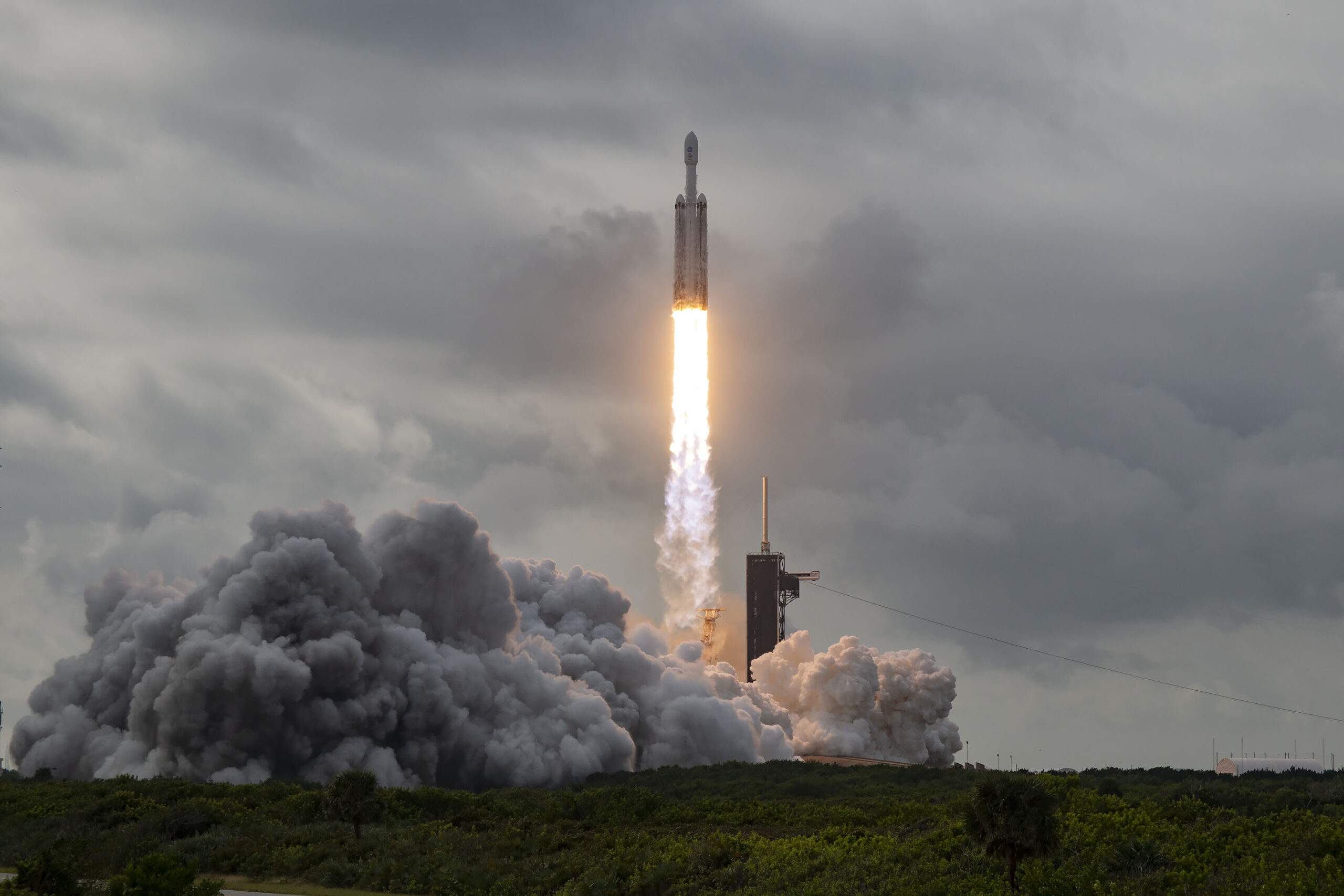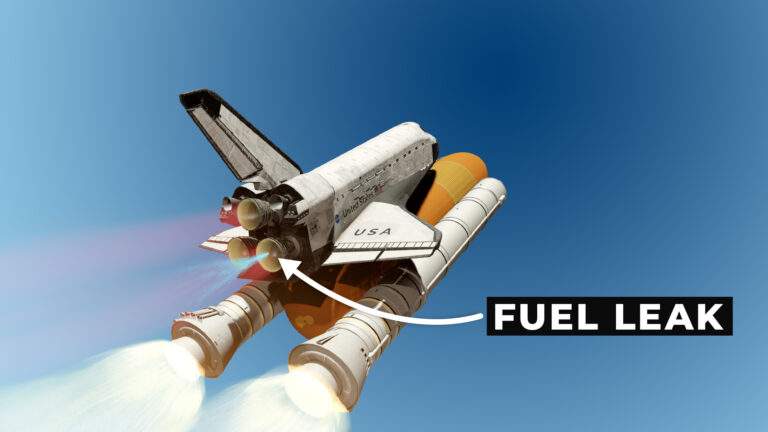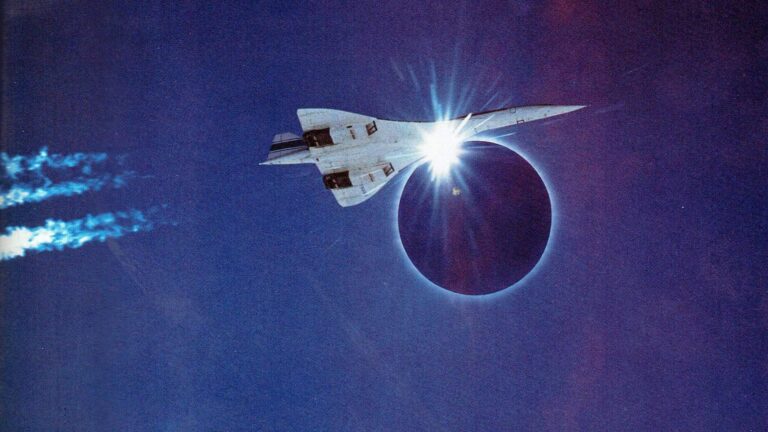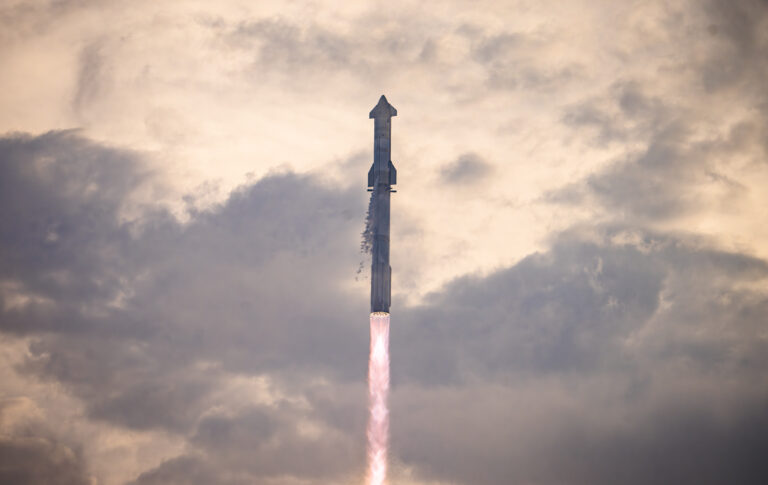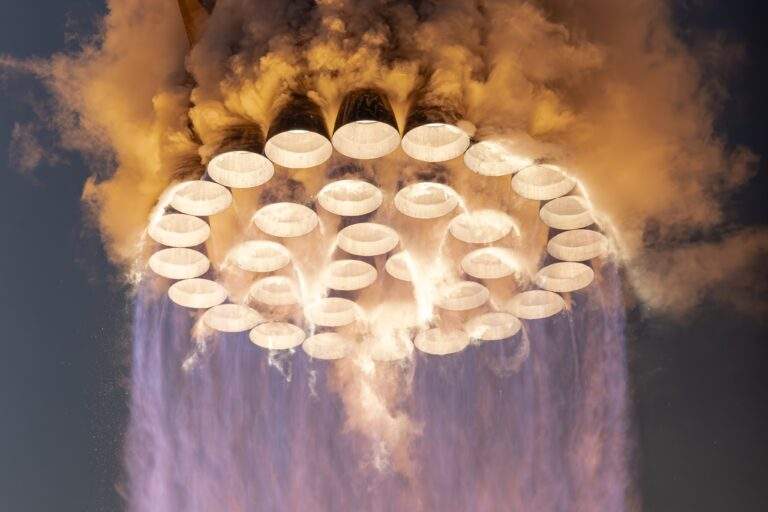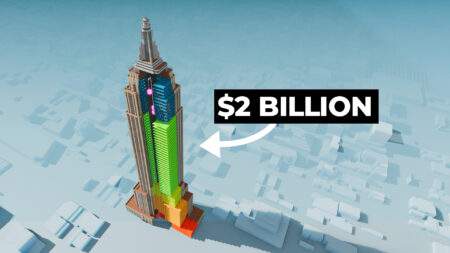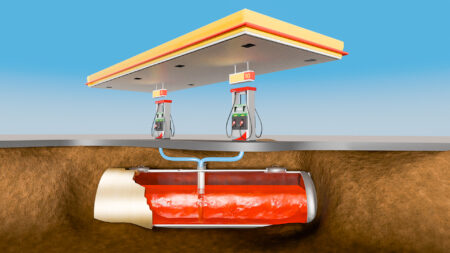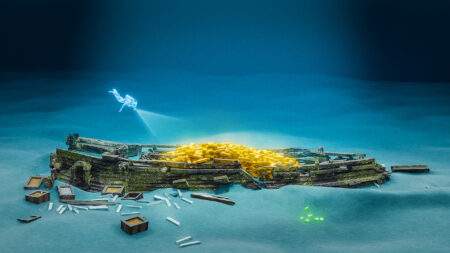SpaceX’s Falcon Heavy rocket successfully launched NASA’s Psyche spacecraft on an escape trajectory on October 13 at 10:19am EDT (14:19 UTC). The spacecraft will now arrive at Asteroid Psyche in July 2029.
Overview
The spacecraft will explore Asteroid Psyche 16 which is found in the main asteroid belt between Mars and Jupiter.
As the asteroid is located between Mars and Jupiter, arrival is scheduled for later this decade in July 2029. Once the spacecraft has arrived, it will spend around 2 years orbiting Psyche completing numerous objectives. One objective is to establish the composition of the asteroid.
Scientists hope this mission will educate us about the beginnings of our solar system. The mission differs to previous asteroid missions in that Psyche contains significant amounts of metal compared to rock or ice which has made up previously explored asteroids.

NASA’s Psyche mission becomes the agency’s first science mission to be the primary payload on SpaceX’s Falcon Heavy rocket, marking another milestone for the premier rocket launch company.
Launch of SpaceX’s triple core Falcon Heavy rocket marked the vehicle’s 8th launch and 4th just this year. In addition, a successful mission completed the launch company’s 73rd in 2023 putting them a step closer to achieving their goal of 100 launches in a calendar year.
Asteroid Psyche
Astronomer Annibale de Gasparis discovered Asteroid Psyche 16 back in 1852 orbiting the Sun between Mars and Jupiter.
As the distance to Psyche from Earth ranges from 186 to 372 million miles, this helps to explain why the spacecraft’s journey will take over 5 years.
From prior research, scientists believe up to 60% of the volume of Psyche could be metal. The spacecraft will help examine this belief.
The Spacecraft
NASA’s Psyche spacecraft contains a main body and 2 solar arrays. The space agency says the body of Psyche is around the size of a small van and its solar arrays are made up of 5 panels each.

Psyche, the spacecraft, hosts solar electric propulsion technology whilst also adopting nitrogen cold thrusters.
Solar electric propulsion creates electric and magnetic fields by using energy generated by the 2 solar arrays. These fields release charged atoms of xenon with significant speed which results in thrust to power the spacecraft.
In addition to these thrusters, the 12 nitrogen cold gas thrusters are essential for particular manoeuvres. For example, if the solar arrays were to be incorrectly aligned with the Sun or after spacecraft separation.
3 main instruments are onboard Psyche: a magnetometer, gamma-ray and neutron spectrometer, and a multispectral imager.
In order to find an ancient magnetic field, a magnetometer is essential. If found, this would provide evidence that the asteroid formed from a planetary body core.
The gamma-ray and neutron spectrometer should reveal information on how Psyche formed by examining the chemical elements that make up the asteroid.
Then, to learn more about the mineral composition of Psyche, the multispectral imager will be utilised.

Along with those instruments, NASA are also conducting a technology demonstration testing Deep Space Optical Communications (DSOC). This will be the maiden test of laser communications beyond our Moon.
What could Scientists Learn?
Scientists believe Psyche could be the core of a planetesimal and therefore an early planetary building block. This would be an important discovery as it would provide us with a view of a planetary core like Earth.
Psyche’s telecommunications system will also help conduct gravity science which may provide more information on the gravity at the asteroid’s surface.
NASA say gravity on Psyche is so low that lifting a car on the asteroid’s surface would be similar to lifting a large dog on Earth. Engineers plan to use radio waves from the spacecraft’s communications system to see how the spacecraft’s orbit is affected.
Build-Up to Launch
A pre-launch Falcon Heavy static fire test is an important part of the build-up to launch to ensure all goes smoothy on launch day and to uncover any underlying issues with the vehicle.

As a result, Falcon Heavy completed a 27 Merlin engine static fire test on September 30 without the fairing and payload attached. Per SpaceX, everything appeared to be nominal, so NASA and SpaceX teams continued to proceed towards launch.
Once a successful static fire test had been conducted, NASA’s Psyche spacecraft encapsulated by two fairing halves was moved from a processing facility to SpaceX’s LC-39A hangar on October 6.
With a couple of days until launch, SpaceX teams rolled out the 70m tall rocket to LC-39A and the rocket was moved from horizontal to vertical overnight. The vehicle was then ready for its historic launch of Psyche.
Launch Day
The countdown got underway once SpaceX’s Launch Director gave a go for propellant loading at T-53 minutes. Three minutes later, fuelling of the vehicle began.
Seven minutes prior to lift-off, engine chill commenced. This cools down the engines to condition them for launch.
Once the launch director gave a go for launch at T-45 seconds, Falcon Heavy lifted off at 10:19 EDT (14:19 UTC), lighting up the Florida skies with its 27 Merlin engines.

The 27 first stage engines continually fired through Max-Q and up to main engine cut-off. Max-Q is the point at which maximum stress is placed on the vehicle during flight and so will is an important test of the vehicle’s structural integrity.
Following main engine cut-off and stage separation, Falcon Heavy’s second stage completed 2 burns prior to the deployment of Psyche at T+01:02:24.
Away from the primary mission of delivering NASA’s Psyche spacecraft to an escape trajectory, Falcon Heavy’s side boosters returned to Landing Zone 1 and 2 at Cape Canaveral Space Force Station (CCSFF) in Florida, providing a spectacular sight of a dual booster landing for any onlookers.
In a similar fashion to previous Falcon Heavy missions, the centre core was expended and splashed down in the Atlantic Ocean. This allowed for additional performance from the rocket to suit mission needs.
Post-Launch Day
Following stage separation, the spacecraft will mainly use its solar electric propulsion system to target Mars. In May 2026, Psyche will perform a Mars gravity assist. This is where the spacecraft is set to intersect with Mars’ orbit to increase the speed of Psyche.
The spacecraft will then undergo a long coast phase until the approach phase begins 100 days prior to the arrival at Asteroid Psyche 16 in August 2029. End of orbit operations are then set for November 2031.

The operational phase of the mission will consist of 4 orbits. Orbit A will characterise the asteroid before the orbit of the spacecraft will be lowered to monitor the asteroid’s topography. Then, onto Orbit C, where Psyche’s gravity will be measured. To conclude the mission, the orbit will be lowered again to map the asteroid.
How to Watch
NASA will be showing a live broadcast of the launch through various social media sites including YouTube and X, formerly known as Twitter. The agency will also be showing the launch on their app and website.
